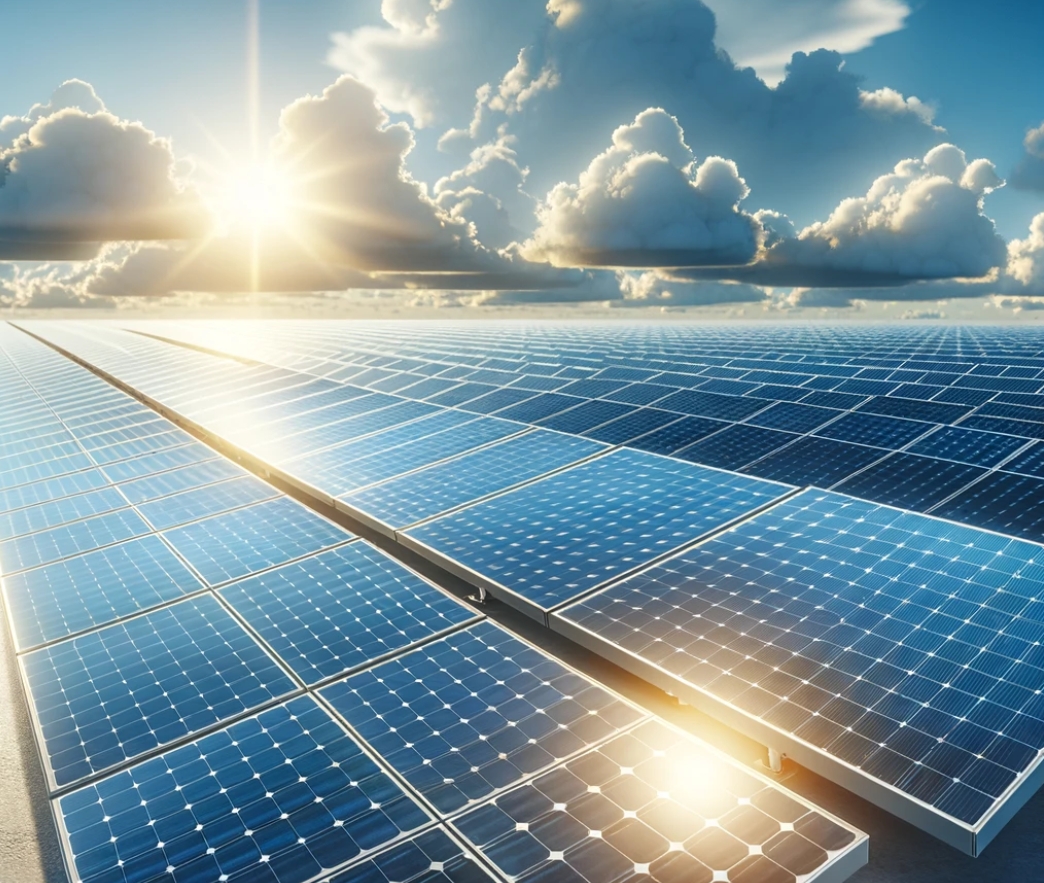
The solar panel technology landscape in 2024 is marked by several exciting innovations and trends that are transforming the way we harness solar energy:
- Perovskite Solar Cells: These cells represent a significant advancement, potentially offering a more cost-effective and efficient alternative to traditional silicon cells. Perovskite tandem cells have achieved lab efficiencies exceeding 33%, with commercial-scale cells reaching 28.6% efficiency, showcasing the potential to produce more electricity at a lower cost than traditional solar cells. However, their deployment has faced challenges due to sensitivity to environmental factors like water and heat.
- Bifacial Solar Panels: Gaining popularity, bifacial solar panels capture sunlight from both sides, significantly boosting energy production. This technology makes solar installations more productive and economical.
- Building-Integrated Photovoltaics (BIPV): This trend involves integrating solar technology into building materials, such as roofing and windows. It’s not only aesthetically pleasing but also expands the application of solar technology in urban environments.
- AI and Smart Technology Integration: The incorporation of artificial intelligence and smart technology is set to revolutionize solar energy management. AI algorithms predict energy production, optimize solar panel positioning, and enhance overall system efficiency, leading to more efficient and effective solar power systems.
- Energy Storage Solutions: With the intermittent nature of solar power, advancements in energy storage solutions, including enhanced battery technologies, are crucial. These developments will help provide a more consistent and reliable energy supply.
- Solar Fuels: Innovations are also occurring in the development of solar fuels through artificial photosynthesis, aiming to produce liquid fuels using sunlight, water, and waste gases.
- Solar Power in Space: Another ambitious alternative under exploration involves generating solar power in space and transmitting it to Earth, which could potentially eliminate the dependency on daylight hours.
- Emerging Challenges and Solutions: Despite the advancements, challenges remain, such as the need for large land areas for utility-scale solar installations, slower decline in non-hardware expenses for rooftop solar installations, and the eventual need for recycling and reusing solar panels. Solutions include installing solar arrays on warehouse roofs, landfills, and integrating them with agricultural land.
These innovations and trends indicate a significant shift towards more efficient, integrated, and sustainable solar power solutions, promising a future where solar energy plays a crucial role in our energy mix.
